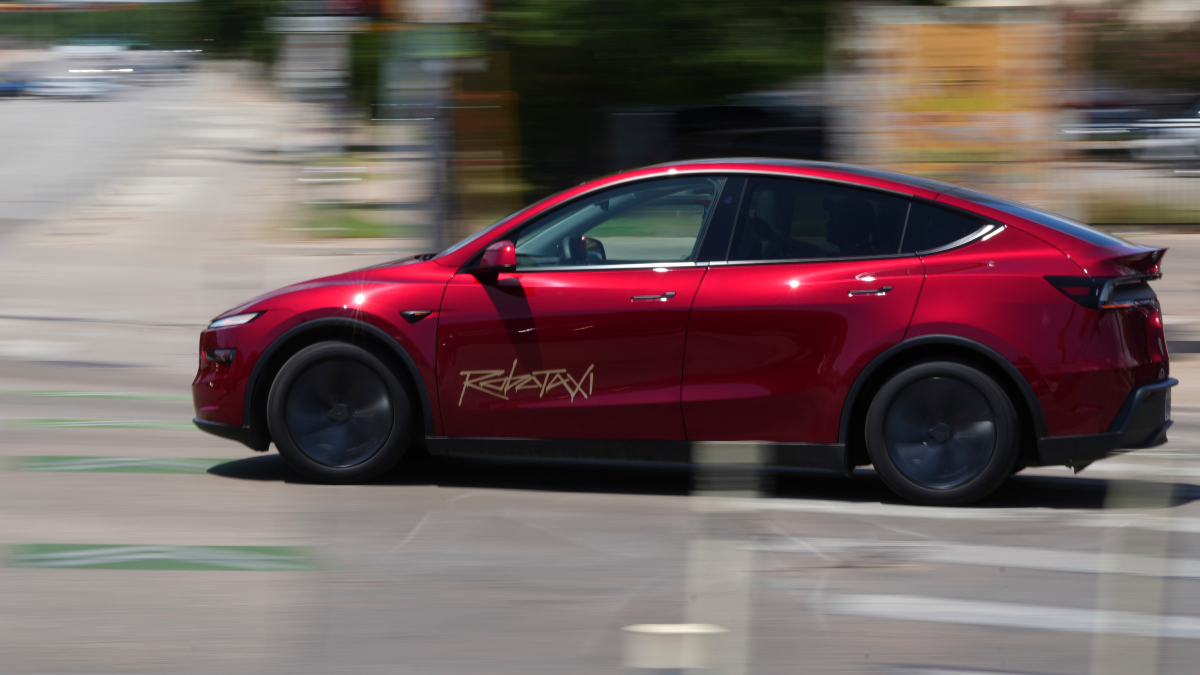Tesla deployed its first driverless robotaxis in Austin, Texas, marking the company’s initial step toward autonomous ride-hailing.
CEO Elon Musk has predicted millions of Tesla robotaxis will be operating fully autonomously by the second half of 2026.
Tesla relies exclusively on cameras and artificial intelligence rather than radar or lidar sensors used by competitors.
Small-Scale Testing Highlights Safety and Technical Hurdles
The Austin launch involved about a dozen Model Y vehicles operating in a limited area with safety monitors seated in the front passenger seat and remote teleoperators ready to intervene.
Tesla avoided bad weather conditions and invited pro-Tesla influencers as passengers.
University of South Carolina law professor Bryant Walker Smith emphasized that expanding from testing in Austin to a large-scale service will be “orders of magnitude” more difficult.
Industry Comparisons: Tesla vs. Waymo’s Steady Progress
Waymo, Alphabet’s autonomous vehicle unit, began development in 2009 and has since built a 1,500-vehicle robotaxi fleet in select cities. Waymo plans to add 2,000 more vehicles by the end of 2026.
Experts like Carnegie Mellon professor Philip Koopman doubt Tesla’s ability to accelerate faster, noting the significant time needed to train AI to handle complex traffic “edge cases.”
Risks of Rushing Robotaxi Deployment and Public Trust Concerns
Tesla’s rapid rollout strategy may undermine public trust if safety is compromised.
The Full Self-Driving (FSD) system has been under federal safety investigation following crashes in rain and other challenging conditions.
A video posted by a passenger showed a Tesla robotaxi briefly driving in the wrong lane at an Austin intersection.
Former Waymo CEO John Krafcik said Tesla’s technology “falls well short” of the safety demonstrated by Waymo.
Tesla’s Manufacturing Scale and Software Update Advantage
Tesla’s mass manufacturing capability and pioneering use of remote software updates give it advantages over competitors who retrofit existing vehicles with expensive sensors.
Analyst Paul Miller noted that Waymo and others have helped advance regulatory acceptance and public awareness of autonomous vehicles.
Despite these advantages, Tesla still faces many challenges before achieving the goal of millions of robotaxis.
PHOTO: AP PHOTO/ERIC GAY
This article was created with AI assistance.
Read More






 Friday, 05-12-25
Friday, 05-12-25







